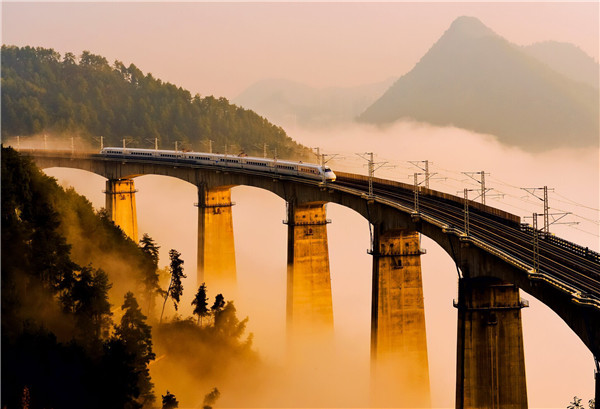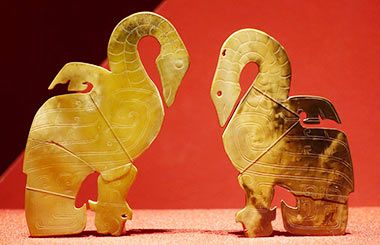How the railways moved fast-forward
 |
|
China is home to 60 percent of the world's high-speed lines. [Photo provided to China Daily] |
In a new book, veteran expert Wang Xiong explains how China became a world leader in high-speed transport, Mei Jia reports.
As the Spring Festival rush approaches, the railways are in focus again.
By the end of last year, China had 121,000 kilometers of train track. Of that, 19,000km were high-speed lines, covering all Chinese cities with a population larger than 500,000 and accounting for 60 percent of the world's high-speed lines.
The clean-energy electric multiple unit (EMU) trains have become a favorite choice for travelers both inside and outside the country. And as railways become a golden calling card for Chinese manufacturing overseas, the industry faces challenges and questions.
Wang Xiong, who has witnessed and participated in the development of high-speed rail, has written a first-of-its-kind book on these cutting-edge railways, recounting the 25-year history of its development and answering many of the questions raised.
China Speed: Development of China's High Speed Rail has been released simultaneously in Chinese and English by Foreign Language Press. The English version is already a hit at book fairs, like the recent Peru's Lima International Book Fair.
"It's actually a biography of the country's high-speed rail, a testimony to its safety and reliability and an instructive guide," says Wang Yang, the book's editor.
Wang Xiong says it's wrong to say that China's HSR was an overnight success. After interviews with more than 100 engineers, operators, officials, constructors, drivers and attendants, he says it's a result of joint efforts in many areas since 1990.

















